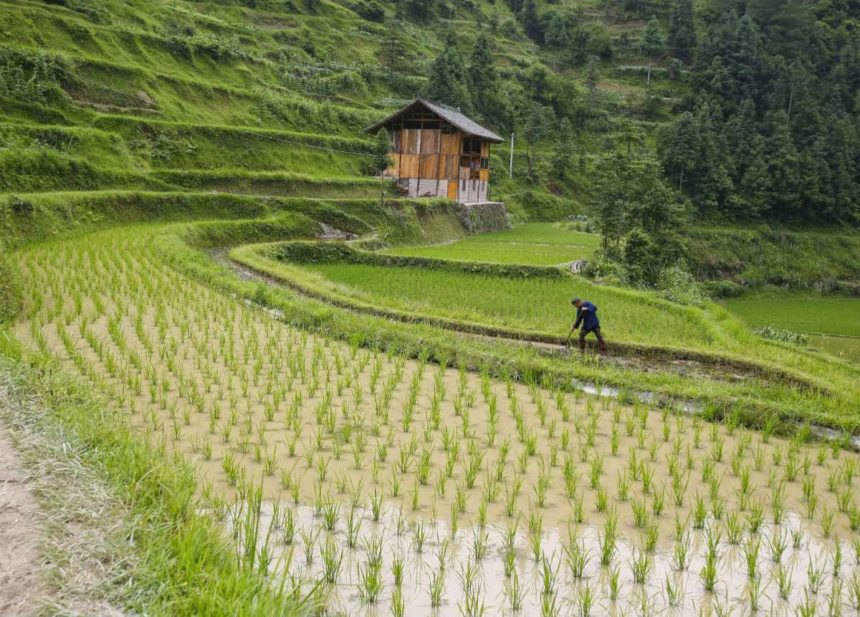Psychologists are learning how the geography of where we live affects the way we think. In China, south of the Yangtse river rice is mainly grown whereas north of the river wheat is prevalently grown. Rice requires an elaborate irrigation system and peasants must cooperate among themselves, if they want the year to be good. For wheat it is a lot more important that there be rain and working together is less important. Psychological tests on these two populations reveal that adults and children north of the river are considerably more individualistic and outgoing than those who live south of the river where the price of being selfish is relatively high. The same can be said about India where rice and wheat are grown. Kids of one region who for some reason go and live in the other one, develop the behavior of the new population and lose that of the old one. The same observations are made (although with a number of exceptions) for geographic areas where people require the collaboration of others for transportation (crossing rivers or mountain ranges) or move about without help (plains that are easy to cross). The prevalence within a population of altruism/egoism, self-affirmation/group affirmation, individual/team sport, is largely influenced by how given geographic features compelled people of the place over centuries to cooperate or not. There where the circumstances do not require that people reach an agreement, over 90% of university professors consider themselves to have above average intelligence (for their category), but in geographically difficult places the percentage is below 50%.


Leave a Reply